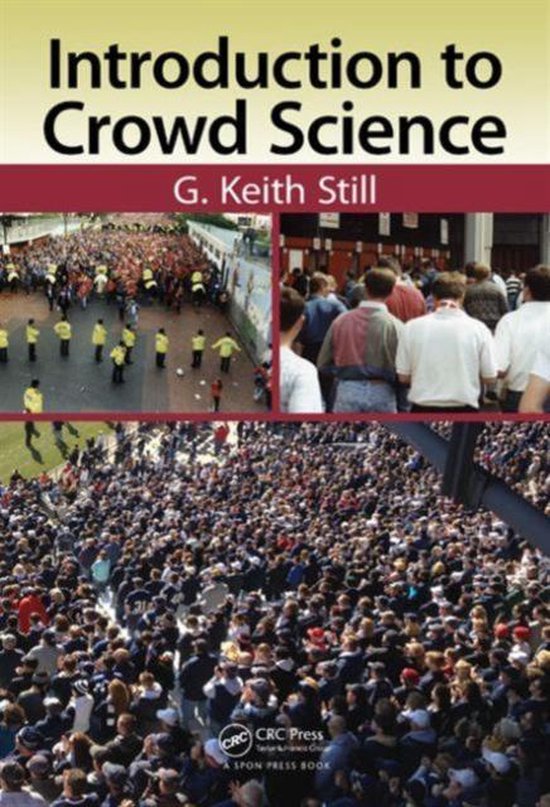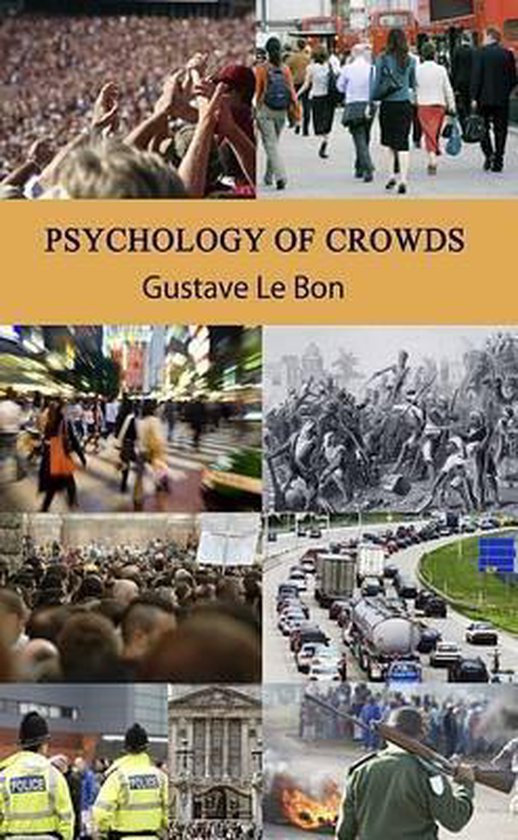
Introduction to Crowd Science
This well-grounded and practical guide highlights the underlying causes of crowd disasters and mass fatalities—giving readers insight into the root causes of crowd-related accidents. It presents a clearer understanding of crowd dynamics and provides the reader with fundamental modeling techniques to plan and manage and improve crowd safety in pl
Includes Case Studies from a Range of Event Sites
Introduction to Crowd Science
examines the growing rate of crowd-related accidents and incidents around the world. Using tools, methods, and worked examples gleaned from over 20 years of experience, this text provides an understanding of crowd safety. It establishes how crowd accidents and incidents (specifically mass fatalities in crowded spaces) can occur. The author explores the underlying causes and implements techniques for crowd risk analysis and crowd safety engineering that can help minimize and even eliminate occurrences altogether.Understand Overall Crowd Dynamics and Levels of Complex Structure
The book outlines a simple modeling approach to crowd risk analysis and crowds safety in places of public assembly. With consideration for major events, and large-scale urban environments, the material focuses on the practical elements of developing the crowd risk analysis and crowd safety aspects of an event plan. It outlines a range of modeling techniques, including line diagrams that represent crowd flow, calculations of the speed at which a space can fill, and the time it takes for that space to reach critical and crush density. It also determines what to consider during the event planning and approval (licensing/permitting) phases of the event process.
Introduction to Crowd Science
addresses key questions and presents a systematic approach to managing crowd risks in complex sites. It provides an understanding of the complexity of a site, that helps you plan for crowds in public places.| Auteur | | G Keith Still |
| Taal | | Engels |
| Type | | Paperback |
| Categorie | | Mens & Maatschappij |





